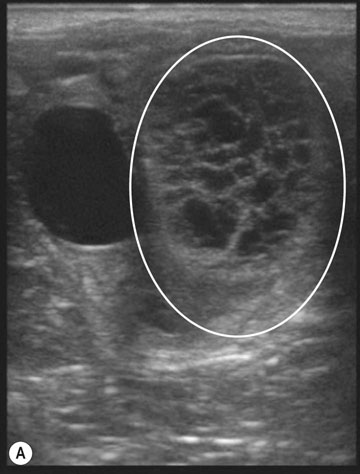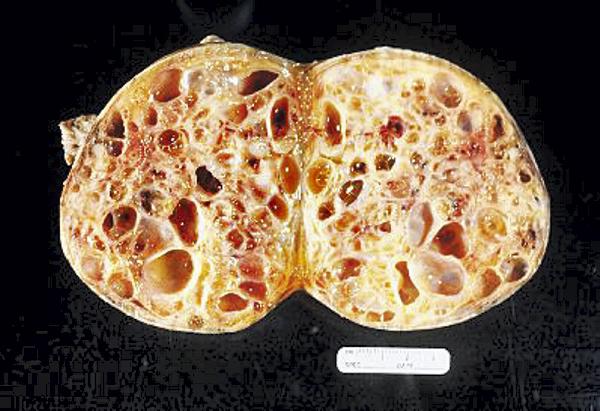Granulosa cell tumours are the most common reproductive and sepecifically ovarian tumours to affect mares. They are benign, often unilateral but functional in nature but may have adverse effects on both cyclicity and behaviour.
Mares with granulosa cell tumours present in a number of ways; they can have irregular, absent or persistent oestrus’ or in more advanced cases develop stallion like behaviours such as aggression, mounting, striking and in some cases physical characteristic changes including changes in muscle deposition.
Diagnosis requires initially an ultrasonic investigation of the ovaries. Typically, the affected ovary will be markedly larger in size than a normal ovary with abnormal architecture. This can range from a single, large cystic structure or, most typically multicystic ‘honeycomb’ appearance. The contralateral ovary is usually very small and doesn’t have significant follicular activity. Definitive diagnosis requires a blood test to determine the levels of a certain hormone; Anti-Mullerian Hormone.


Treatment requires surgical removal of the affected ovary. This can be done either under a general anesthetic or standing, laparoscopically. Typically, the non-effected ovary will resume normal hormonal activity and the mare can be successfully bred in future seasons.

